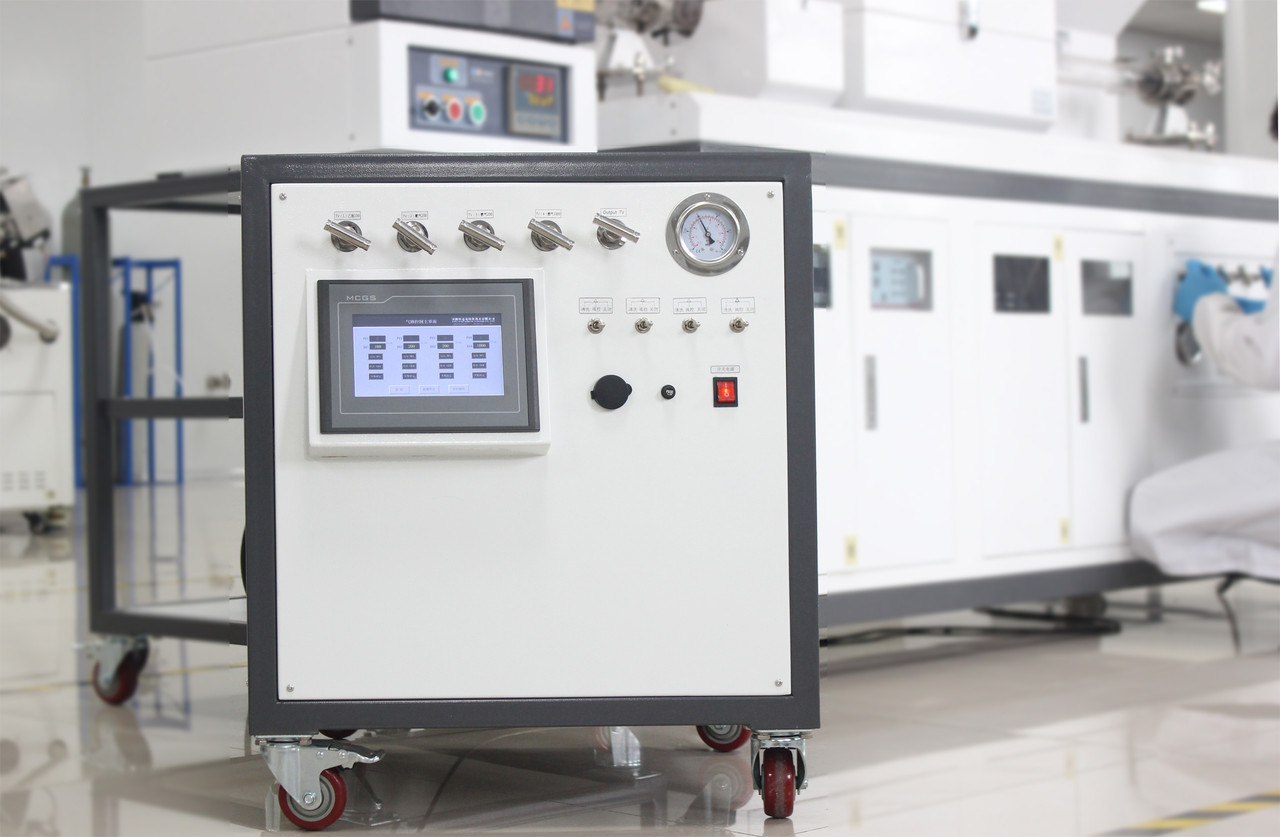Vacuum Pumps
Laboratory vacuum pumps are devices that remove gas molecules from a sealed chamber to create a partial vacuum or low-pressure environment. These pumps are essential in laboratory settings, where the presence of air or other gases can interfere with experiments, measurements, or sample preparation.
There are several types of laboratory vacuum pumps, including rotary vane pumps, diaphragm pumps, scroll pumps, and turbomolecular pumps.
Rotary vane pumps use a rotating rotor with vanes that trap and compress gas, forcing it out of the chamber. Diaphragm pumps use a flexible diaphragm that moves up and down, creating a vacuum by drawing in and expelling gas. Scroll pumps use spiral-shaped scrolls to compress and expel gas. Turbomolecular pumps use high-speed rotating blades to create a vacuum by accelerating gas molecules out of the chamber.
Laboratory vacuum pumps are available in different sizes and flow rates, depending on the application. They can be used for sample preparation, filtration, evaporation, degassing, and other laboratory procedures that require a controlled vacuum environment. It's essential to choose the appropriate pump for the specific application to ensure accuracy, reliability, and safety.

